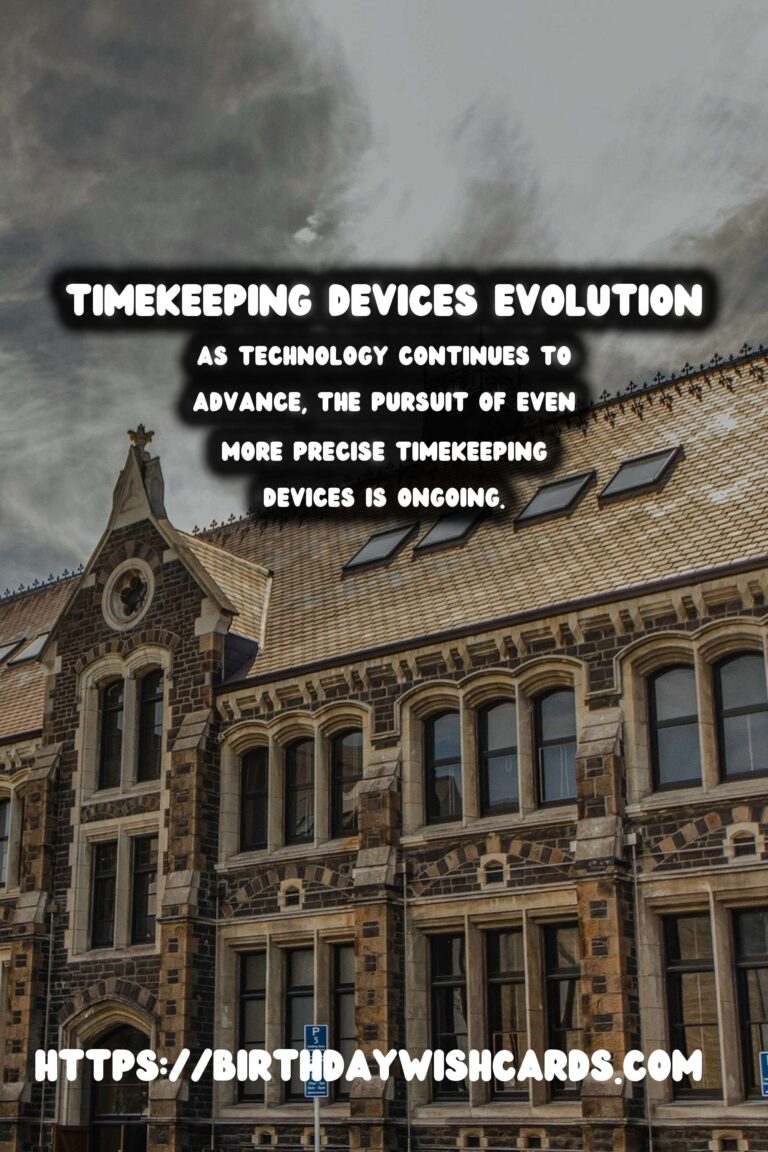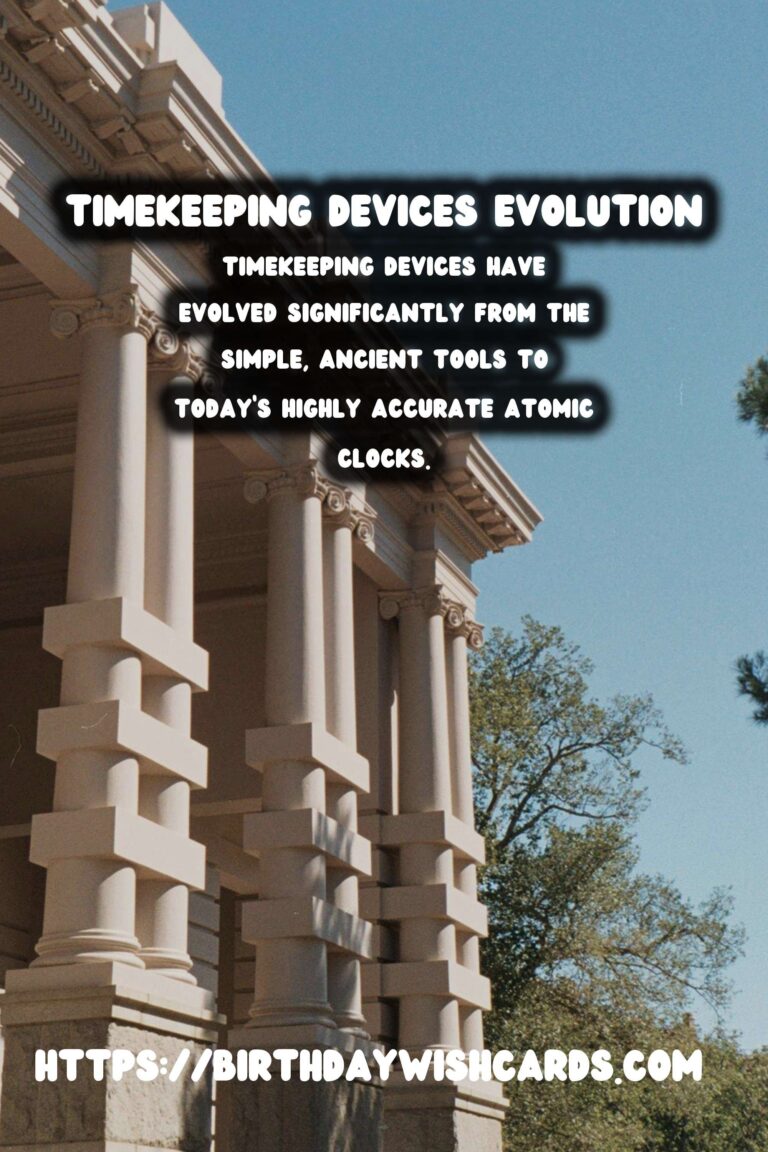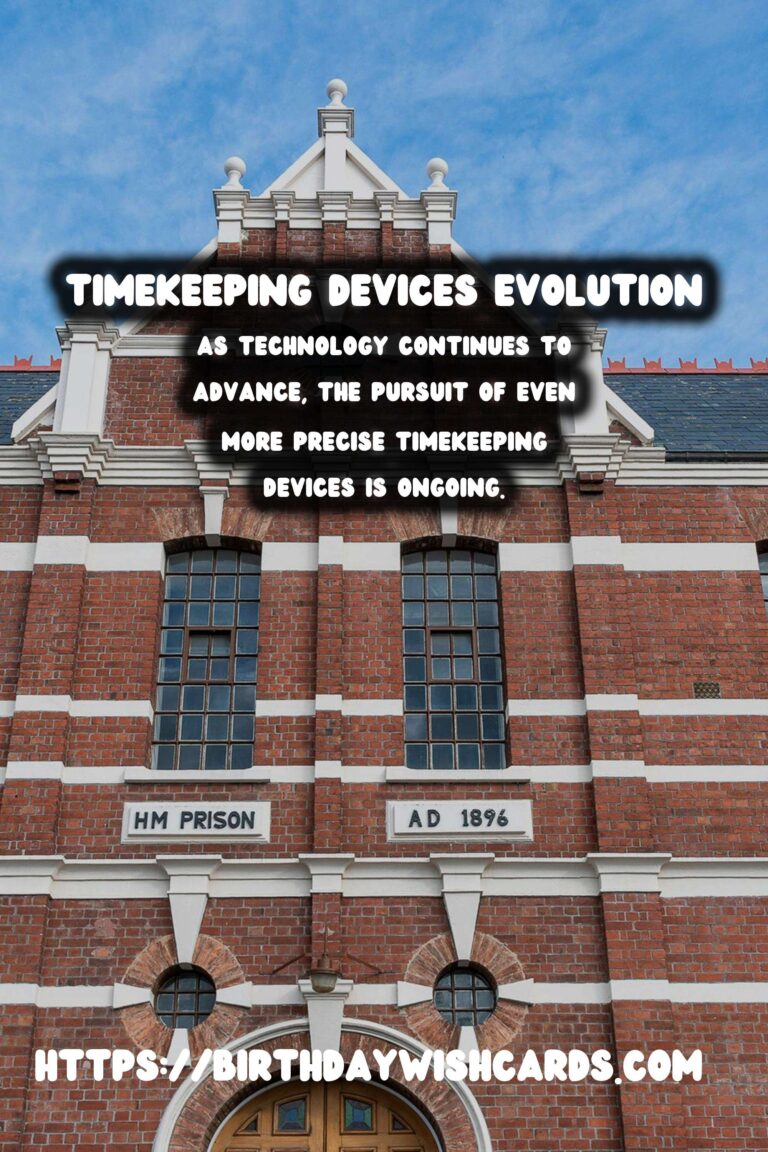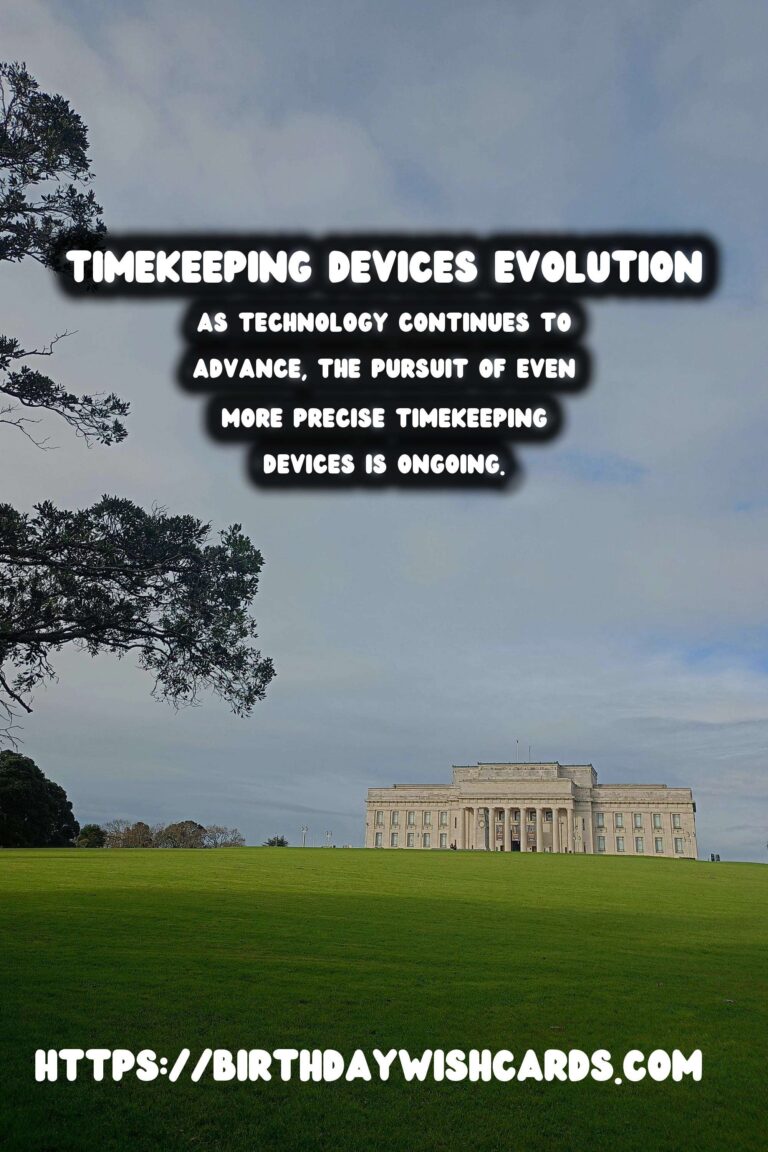
Throughout human history, the ability to measure and manage time has been pivotal to the development of civilizations. Timekeeping devices have evolved significantly from the simple, ancient tools to today’s highly accurate atomic clocks. This article explores the fascinating history of these inventions, how they have shaped societies, and where we stand today in the realm of time measurement.
The Genesis of Timekeeping: Sundials and Water Clocks
The earliest timekeeping devices can be traced back to ancient civilizations. Sundials were among the first instruments used to track the passage of time using the sun’s position. As societies advanced, particularly the Egyptians and Babylonians, water clocks came into use. Known as clepsydra, these water clocks measured time through the regulated flow of water from one container to another.
Mechanical Clocks: A Leap Forward
The transition from water-based to mechanical clocks marked significant progress in timekeeping. Around the 14th century in Europe, the first mechanical clocks were constructed in monasteries, driven by weights and gears. These clocks were primarily used for religious purposes, helping monks to maintain their stringent timetable for prayers.
The invention of the pendulum clock by Christiaan Huygens in 1656 improved accuracy substantially by regulating the swinging motion to track time consistently. This breakthrough in clockmaking laid the foundation for future enhancements in mechanical timekeeping.
20th Century Innovations: Quartz Clocks
The 20th century saw the introduction of quartz technology in clocks, which drastically improved precision. Quartz clocks operate using an electronic oscillator regulated by a quartz crystal, which vibrates at a constant frequency when subjected to an electrical current. This technology allowed timekeeping to enter the digital era with unprecedented accuracy and reliability.
The Atomic Age: The Advent of Atomic Clocks
The pinnacle of timekeeping technology is embodied in atomic clocks. First developed in the 1950s, these clocks use the vibration frequencies of atoms, typically cesium or rubidium, to maintain time. Atomic clocks are so precise that they could lose only a second every few million years, thus playing a crucial role in global navigation systems, internet synchronization, and scientific research.
Conclusion: The Future of Timekeeping
As technology continues to advance, the pursuit of even more precise timekeeping devices is ongoing. Innovations may lead us to new discoveries in physics and technologies that advocate for more accurate global timing. The evolution of timekeeping reflects humanity’s persistent quest to comprehend and control the passing of time, enabling societal growth and technological advancement.
Timekeeping devices have evolved significantly from the simple, ancient tools to today’s highly accurate atomic clocks. As technology continues to advance, the pursuit of even more precise timekeeping devices is ongoing. 









#Timekeeping #History




